Did you know that many (if not most) of the products you love to use every day actually harm our environment? We’ve compiled some of these products that pose the most danger for the environmentally conscious people out there.
Plastic Bottles
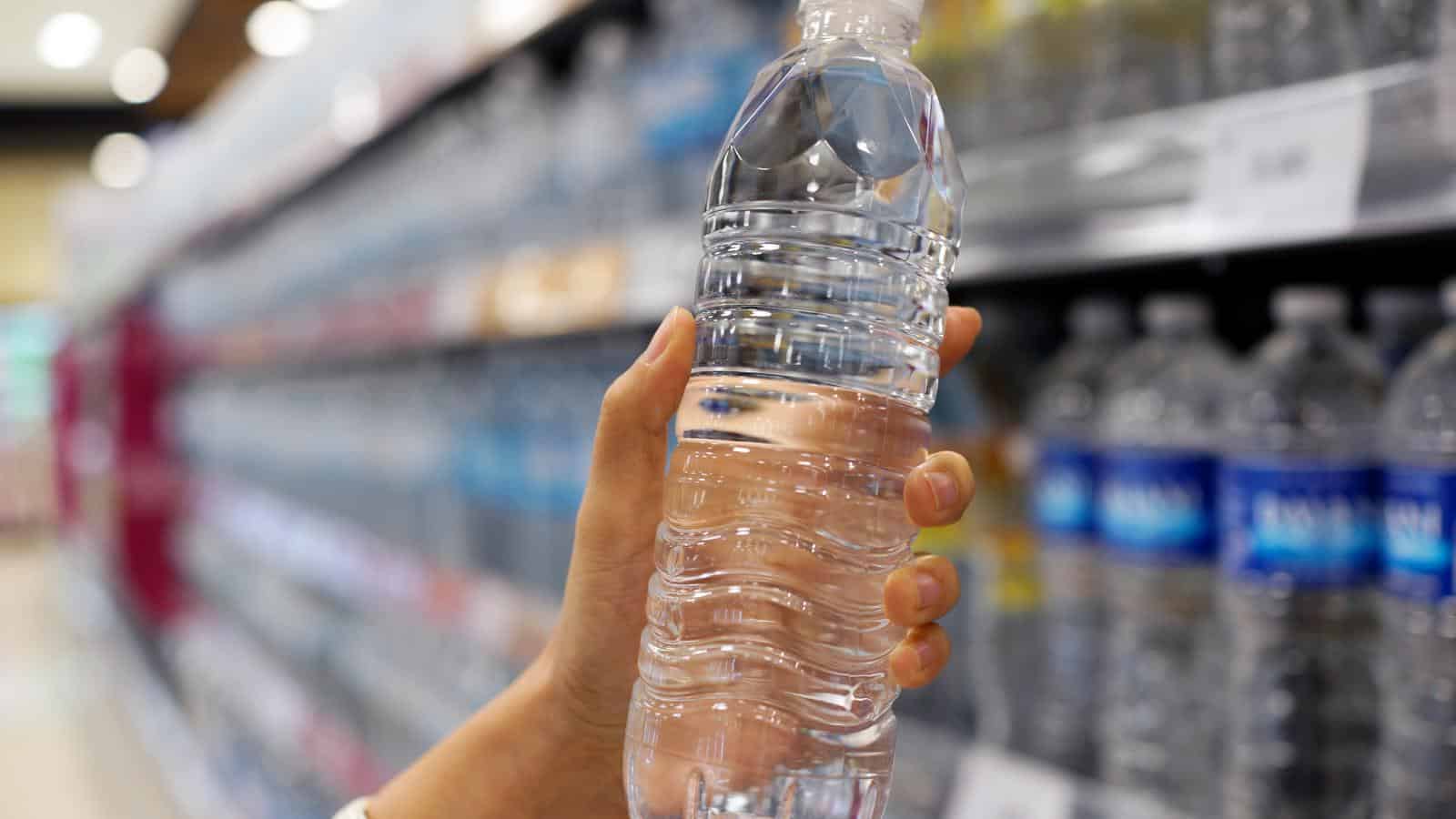
Plastic bottles are a major concern for the environment, and they don’t stop at just polluting the earth with 25 million tons of waste. CNN also reports that the groundwater used to fill up billions of commercial plastic bottles significantly depletes the world’s safe drinking water resources.
Disposable Coffee Cups

Disposable plastic cups are a problem, specifically because of the plastic linings in them. And what makes them pose an even greater threat is that they’re hard to recycle due to contamination after use. To save the environment, opt for a reusable cup that you can wash after taking your daily dose of caffeine.
Plastic Straws
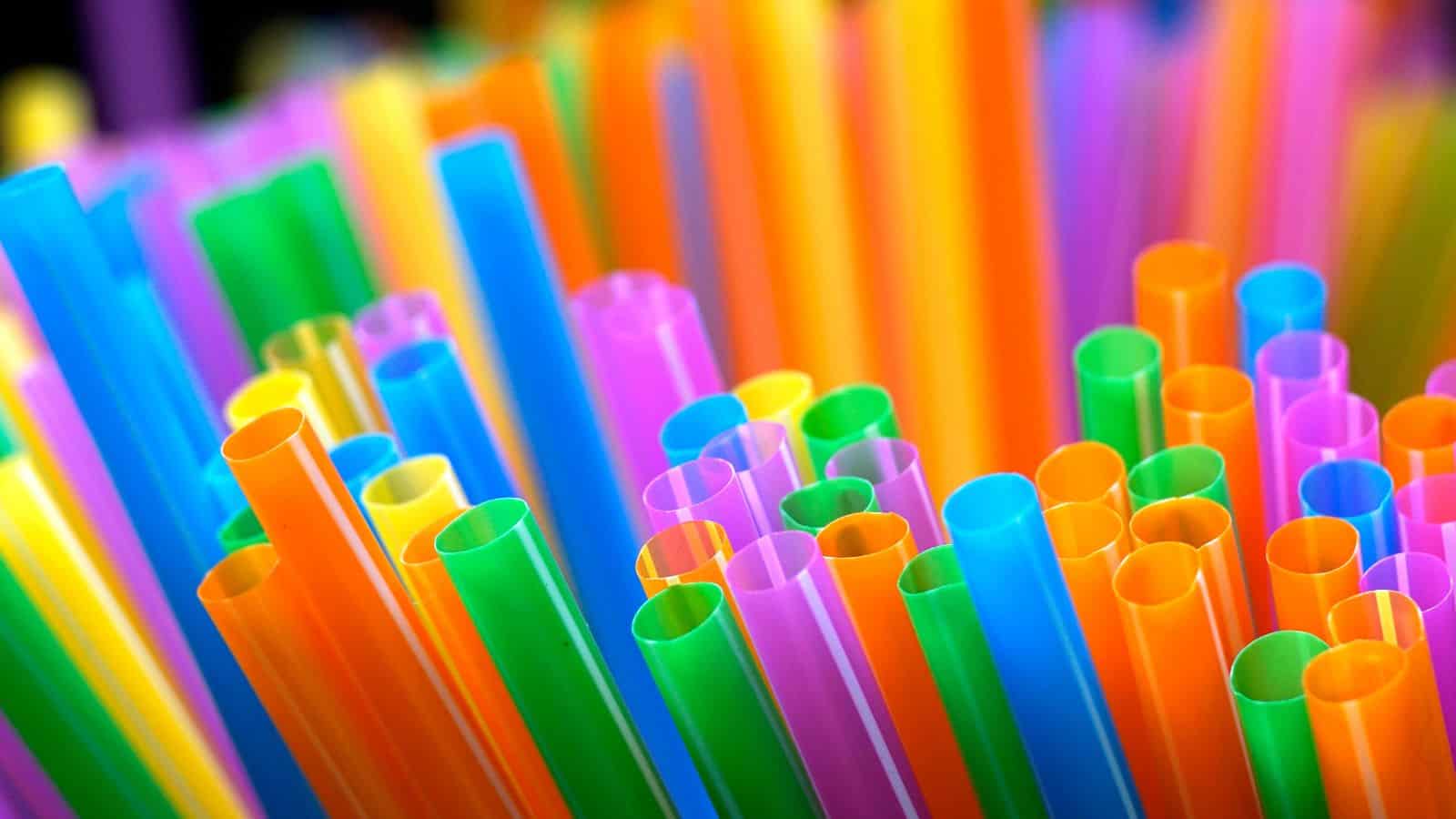
National Geographic, from a study in 2018, reveals that up to 8.3 billion plastic straws pollute beaches around the world. Yes, not everyone loves the paper alternative that melts down in our hot drinks. But you can go for metal, glass, and silicone alternatives instead. This will help protect marine life.
Single-use Cutlery
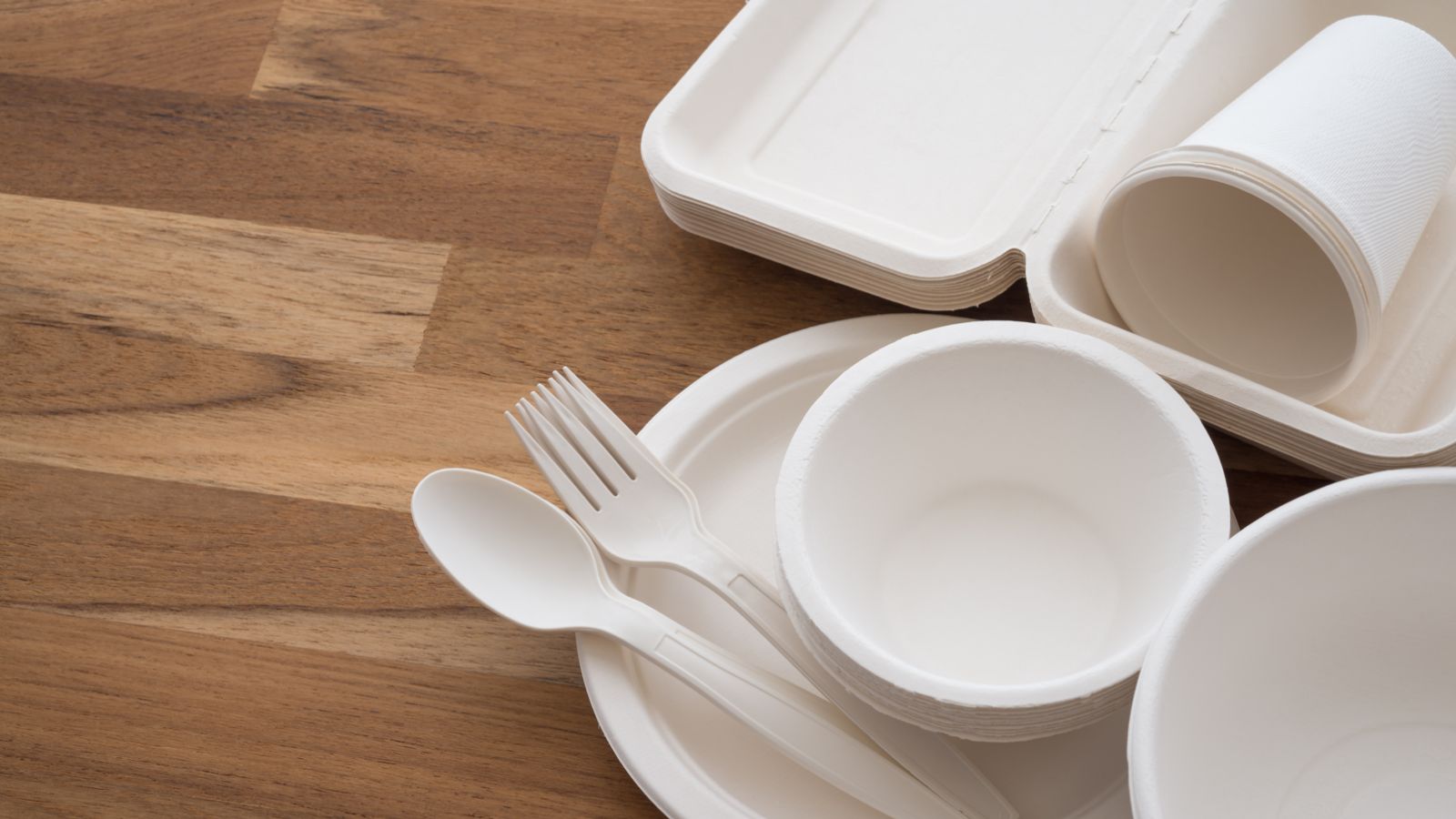
Single-use cutlery significantly contributes to plastic waste. These items are briefly used and then discarded, creating unnecessary environmental pollution. Carrying a reusable cutlery set made from bamboo or stainless steel can substantially reduce the amount of plastic waste generated daily and promote sustainable living habits.
Paper Towels
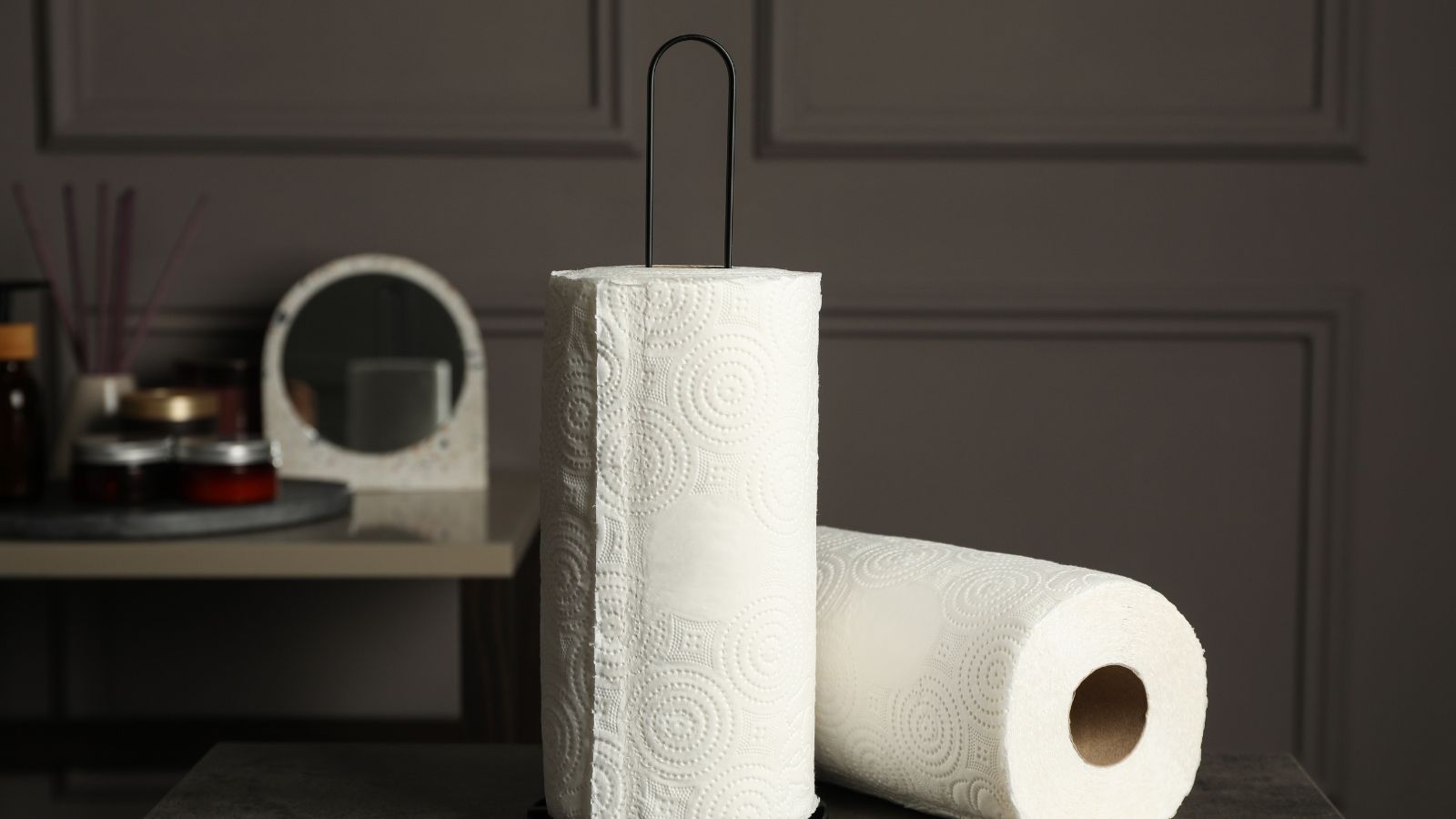
Paper towels, though convenient, result in substantial waste and contribute to deforestation. Their production also involves significant water and energy use, leading to higher carbon emissions. Opt for reusable cloth towels or microfiber cloths to clean up messes, conserve natural resources, and protect wildlife habitats.
Plastic Grocery Bags
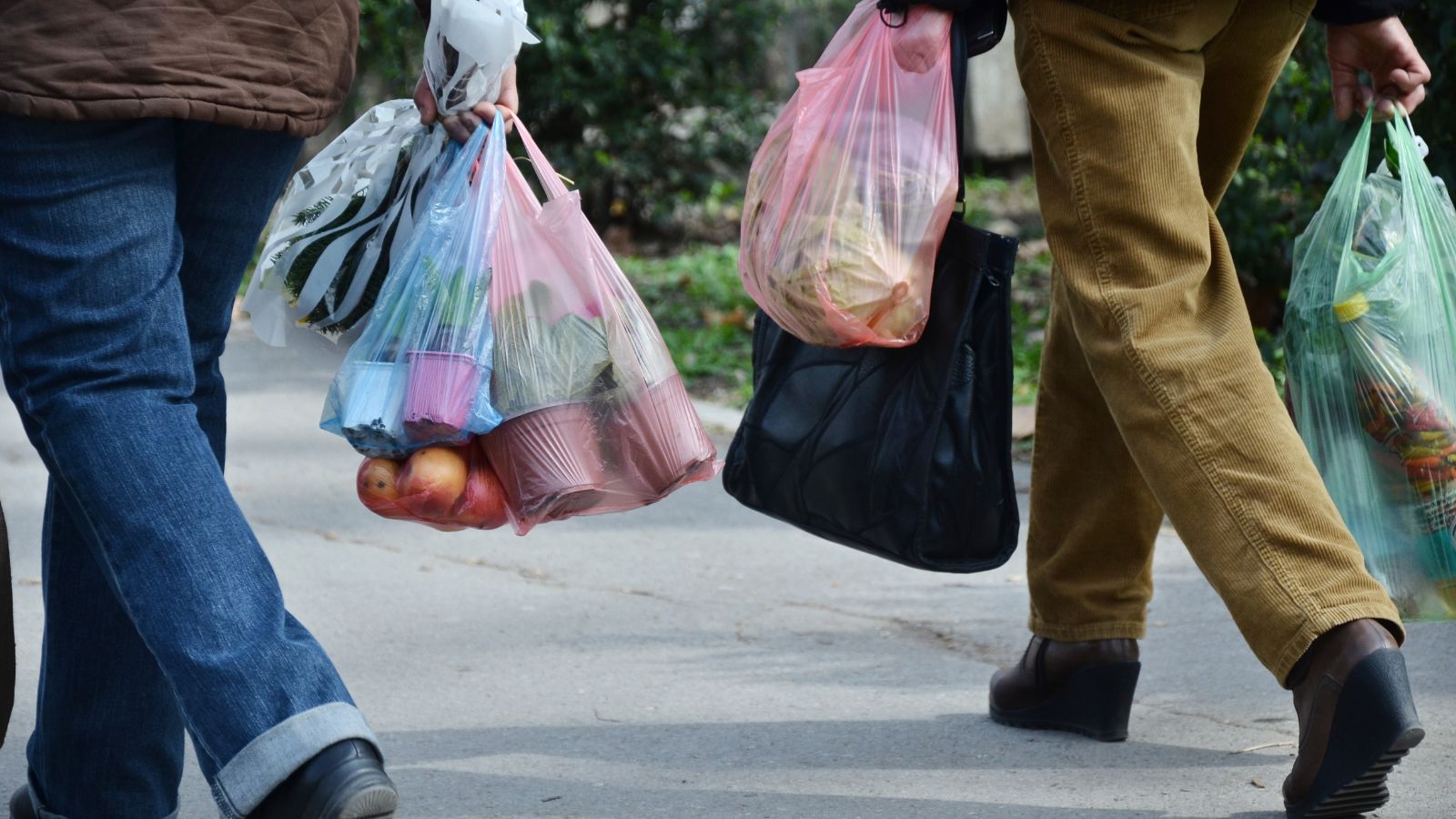
Plastic grocery bags are harmful due to their non-biodegradable nature. They often end up in landfills, oceans, and clogged waterways, affecting marine life. Using reusable shopping bags made from cloth or other sustainable materials instead can greatly reduce plastic bag waste and its environmental impact.
Liquid Hand Soap

Liquid hand soap typically comes in plastic bottles, contributing significantly to plastic waste and pollution in the oceans. Bar soap is a more eco-friendly option, as it often comes with minimal packaging and lasts longer, which reduces landfill waste and the overall environmental impact on marine life and ecosystems.
Wet Wipes
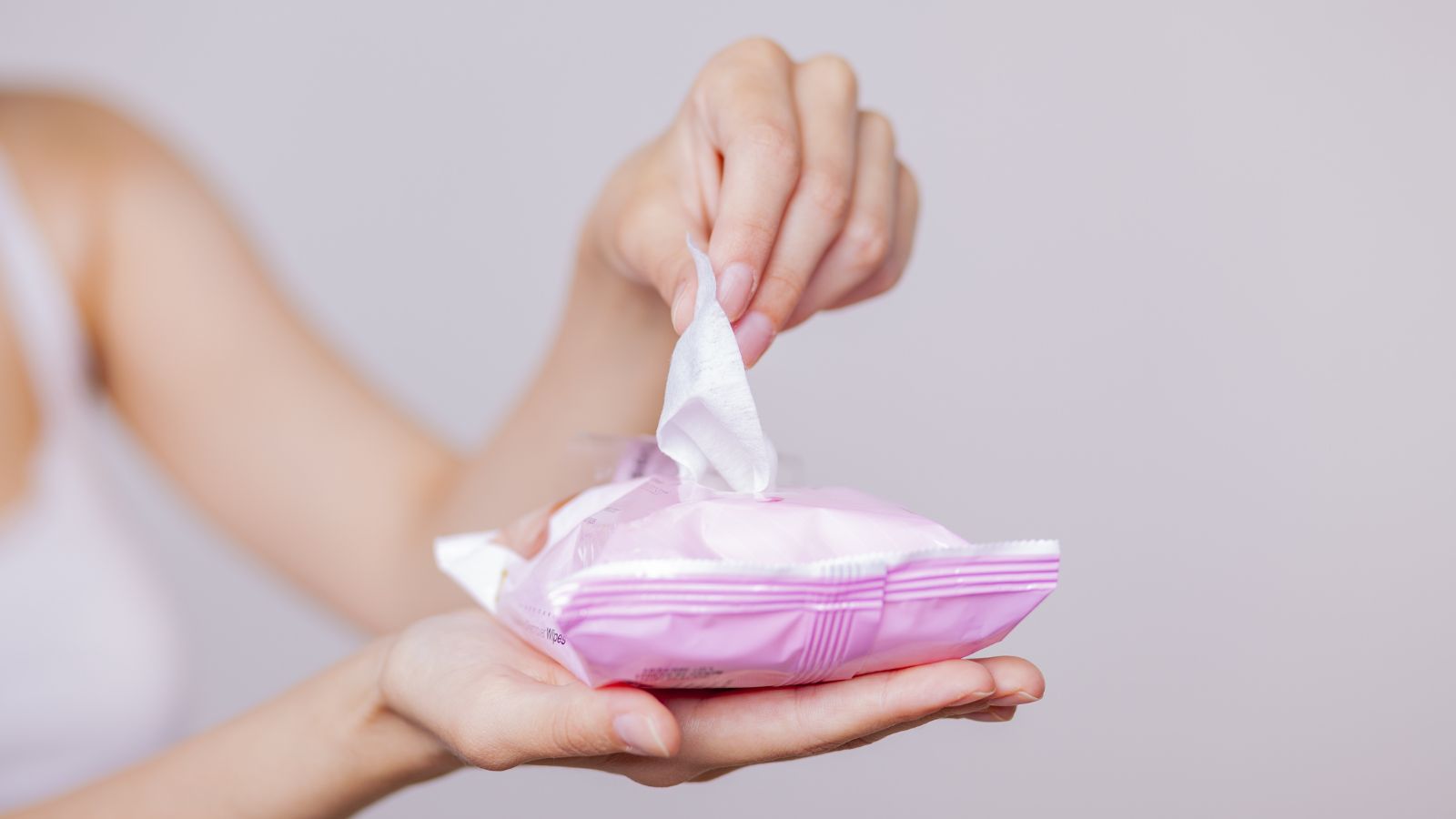
Wet wipes are often made from non-biodegradable plastic fiber, and according to Tru Earth, their improper disposal poses a huge threat to waterways, landfills, and sewer systems. Switching to reusable cloth wipes or biodegradable options can help mitigate these environmental issues, specifically reducing microplastic contamination.
Toothpaste Tubes

Toothpaste tubes are difficult to recycle due to their mixed materials, and this causes significant waste in landfills. You should consider using toothpaste tablets or brands that offer recyclable or refillable packaging to reduce waste, decrease pollution, and promote sustainability.
Shampoo and Conditioner Bottles

Shampoo and conditioner bottles contribute to plastic waste, too. Solid shampoo and conditioner bars are a more sustainable option, as they often come in minimal, recyclable packaging and last longer, and by opting for them, you help to protect marine ecosystems.
Disposable Razors
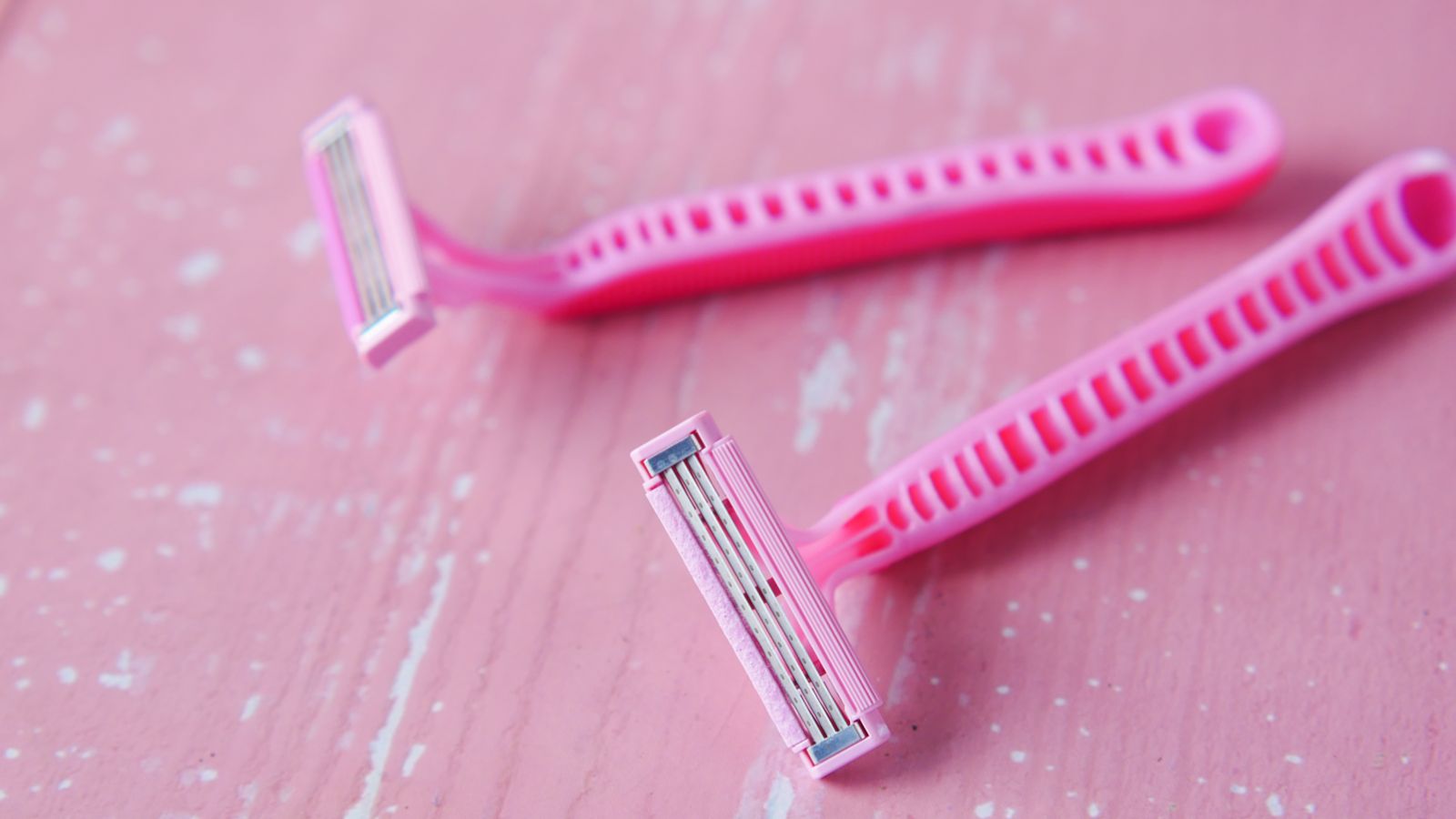
Disposable razors generate a significant amount of waste, and they particularly contribute to plastic pollution. Safety razors with replaceable blades are a better option, reducing the number of plastic razors that end up in landfills and making your shaving routine more eco-friendly.
Plastic Food Containers
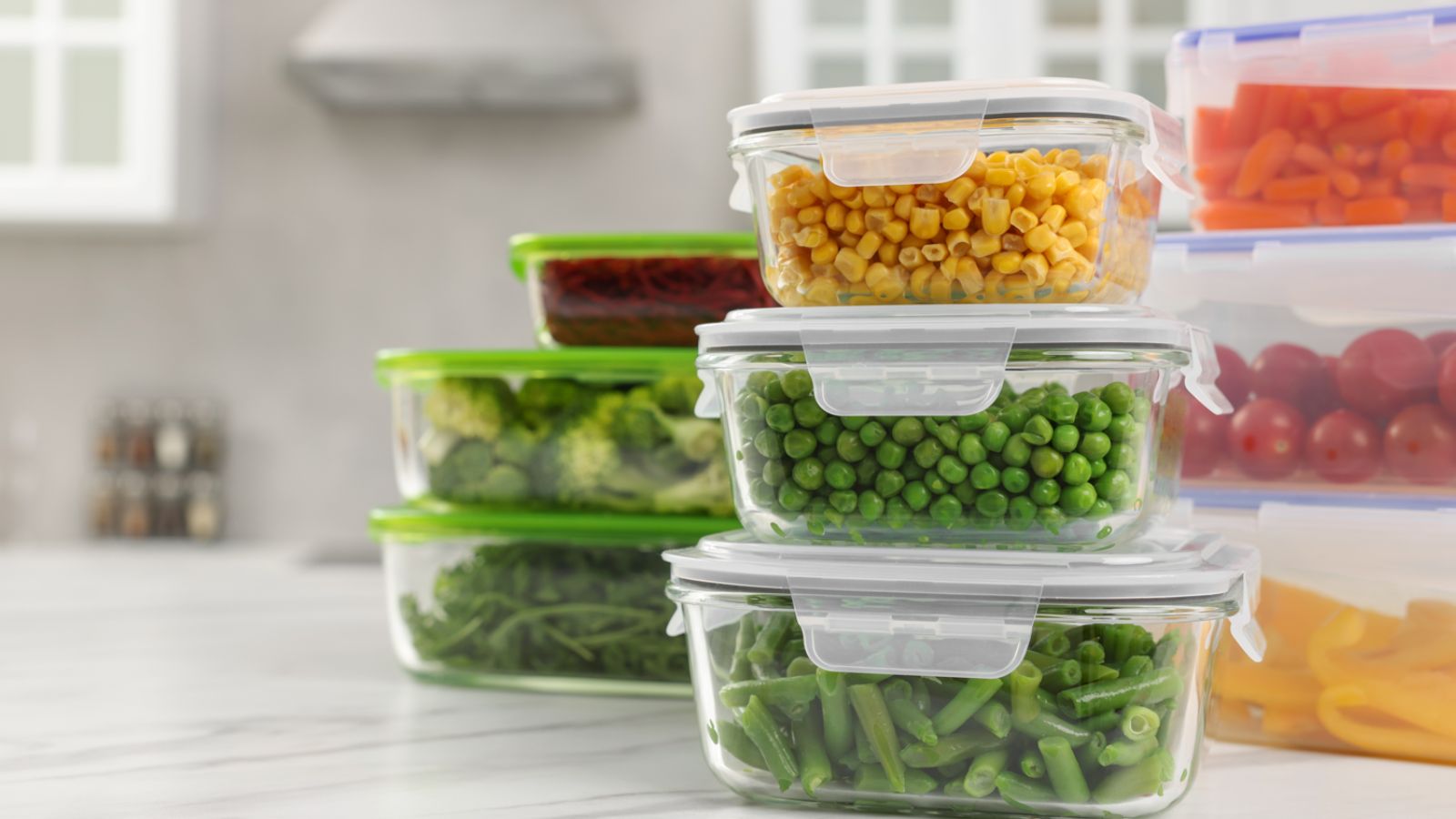
Plastic food containers, due to contamination, are not always recyclable and can contribute to long-term waste in our oceans. Glass or stainless steel containers are more sustainable choices for food storage, and, what’s more, they offer just as much durability to save you some money.
Cotton Swabs
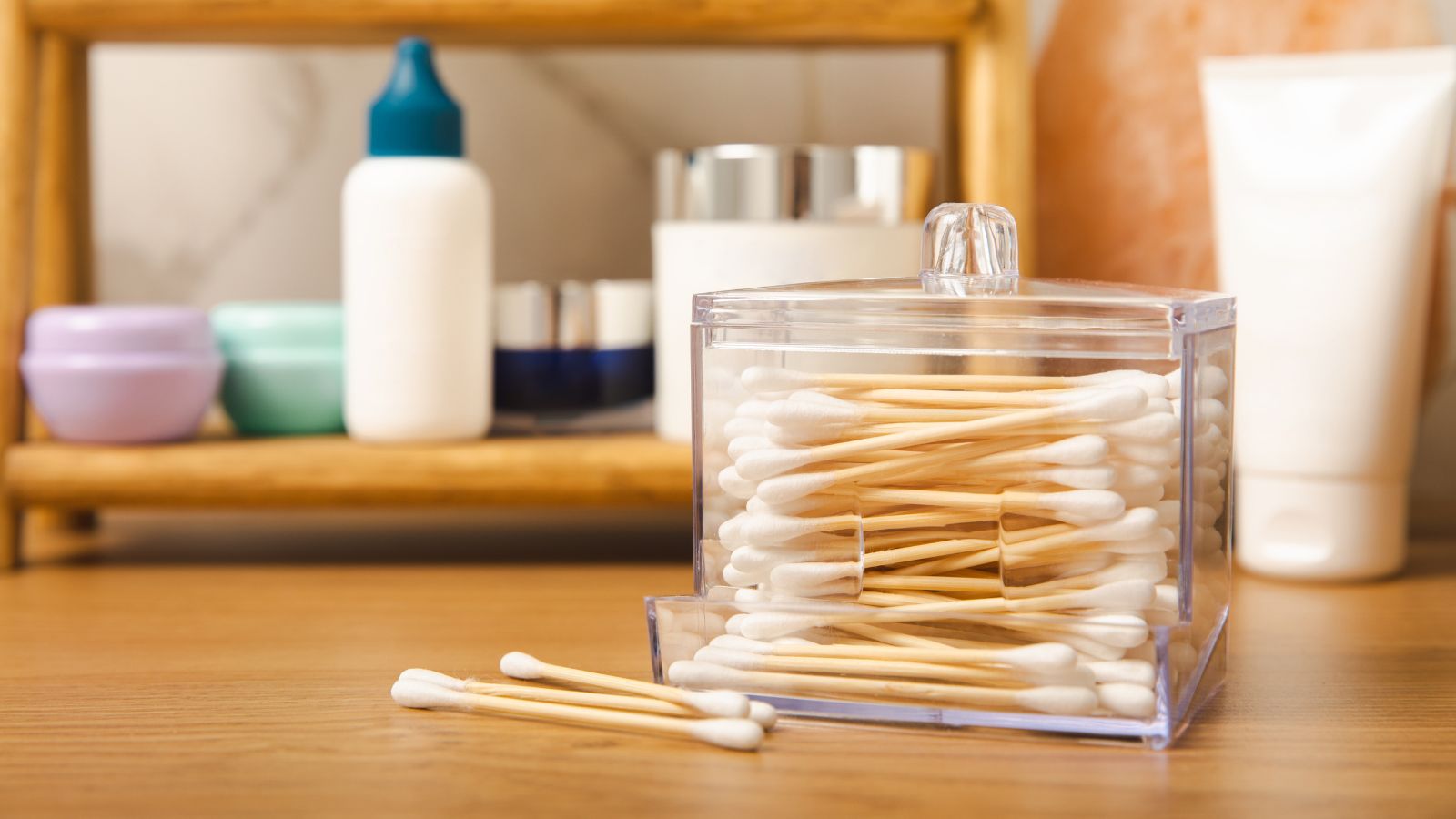
Cotton swabs with plastic sticks are problematic for the environment as they often end up in waterways. Here, they harm marine life through ingestion and entanglement. You should switch to cotton swabs with paper or bamboo sticks to significantly reduce plastic pollution and its detrimental effects on aquatic ecosystems.
Synthetic Sponges
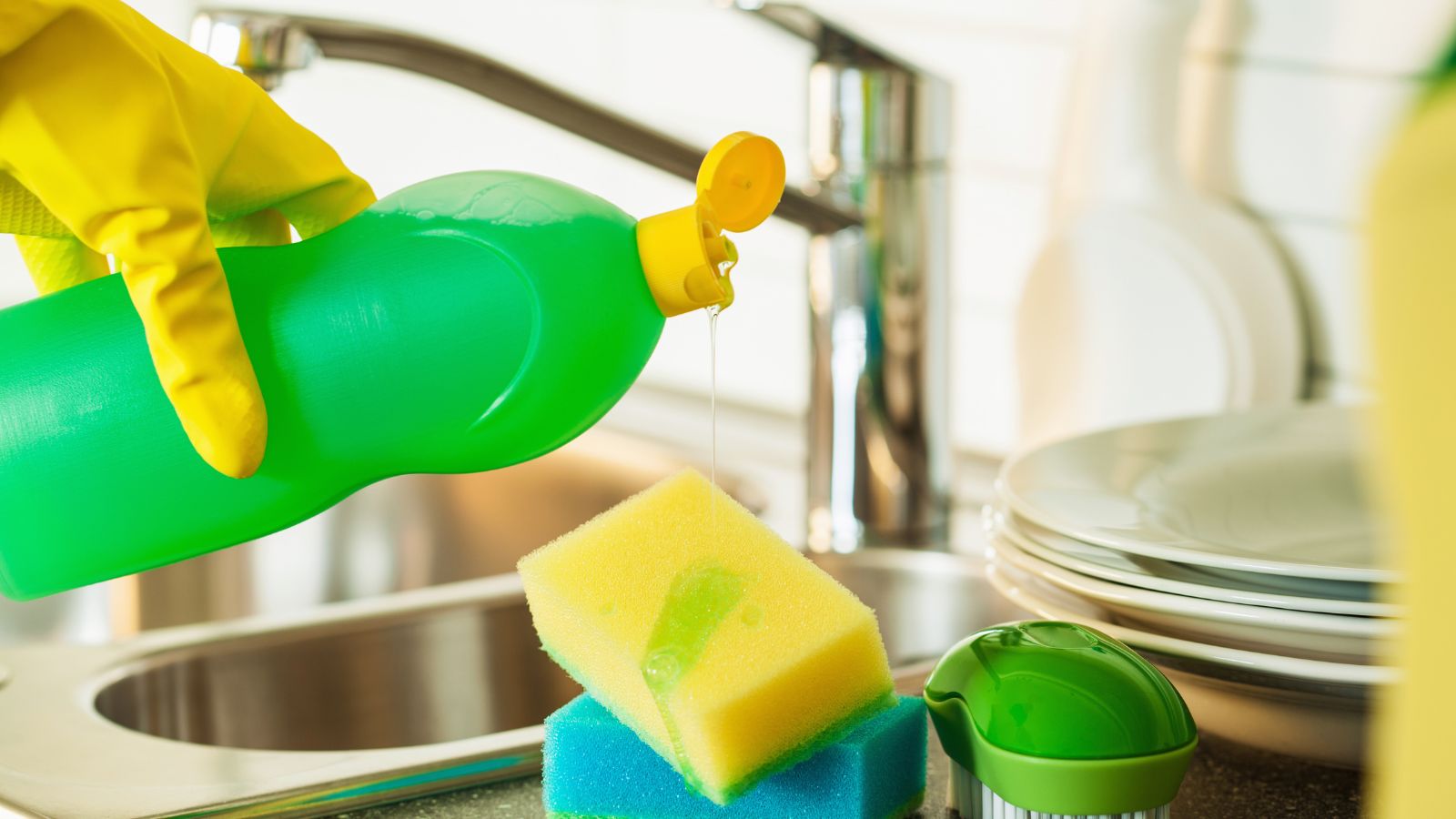
Synthetic sponges are made from non-biodegradable materials and, hence, also contribute significantly to landfill waste and ocean pollution. Natural sponges or biodegradable options made from plant-based materials like wood pulp, coconut fibers, loofah, cotton, hemp, and bamboo are better choices to reduce our microplastic contamination.
Plastic Wrap
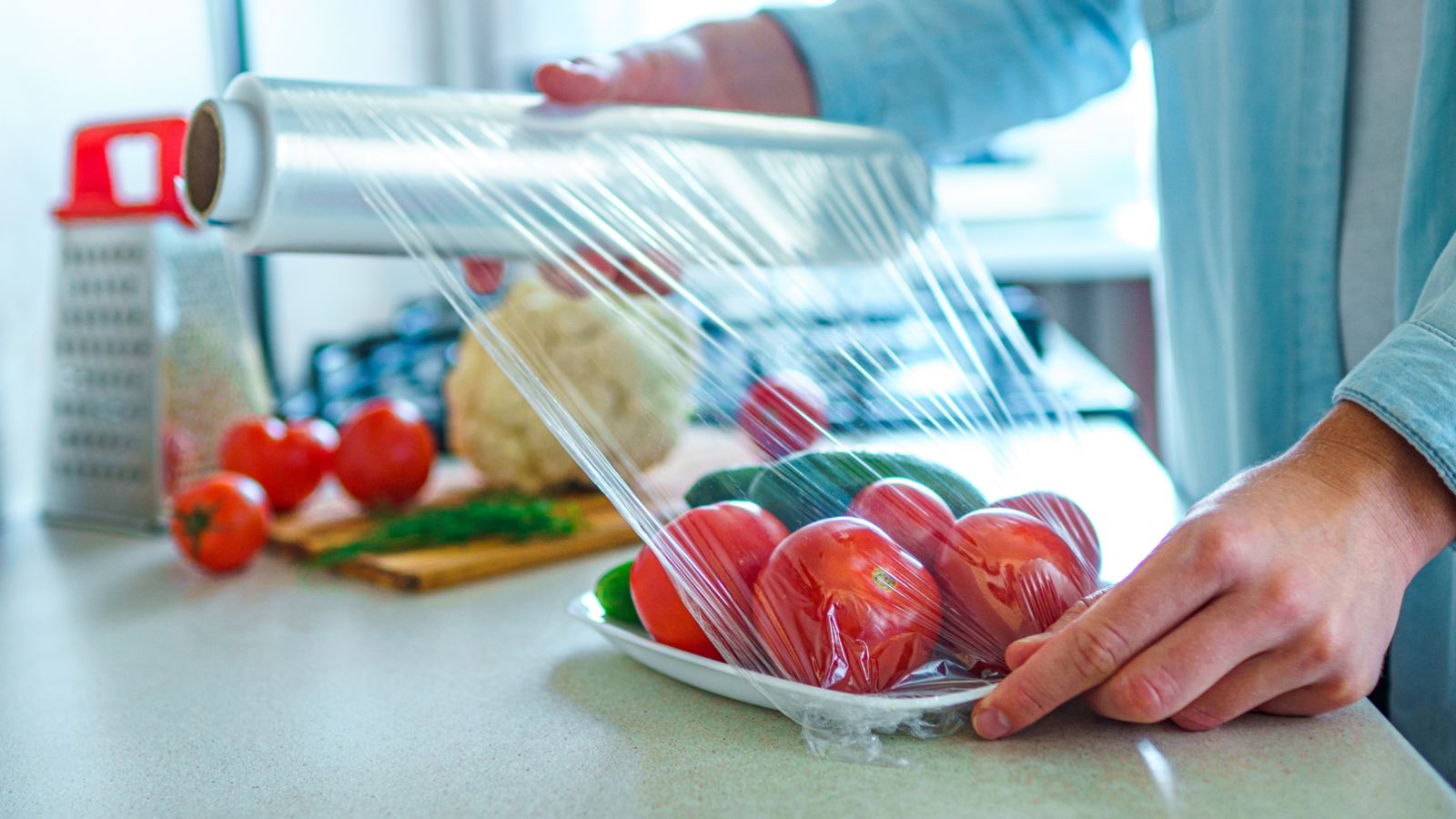
Plastic wrap is also typically single-use and, due to this, contributes significantly to plastic pollution. Beeswax wraps, foil, silicone food covers, cotton bags, and glass jars are better sustainable alternatives for food storage, and with them, you can comfortably reduce your reliance on disposable plastic products.
Deodorant Sticks

Deodorant sticks often come in plastic packaging that is hard to recycle, contributing to landfill waste and ocean pollution. Consider using deodorants that come in refillable containers or those packaged in biodegradable materials to reduce waste and minimize environmental impact. Opting for natural deodorants will be great as well.
Disposable Batteries
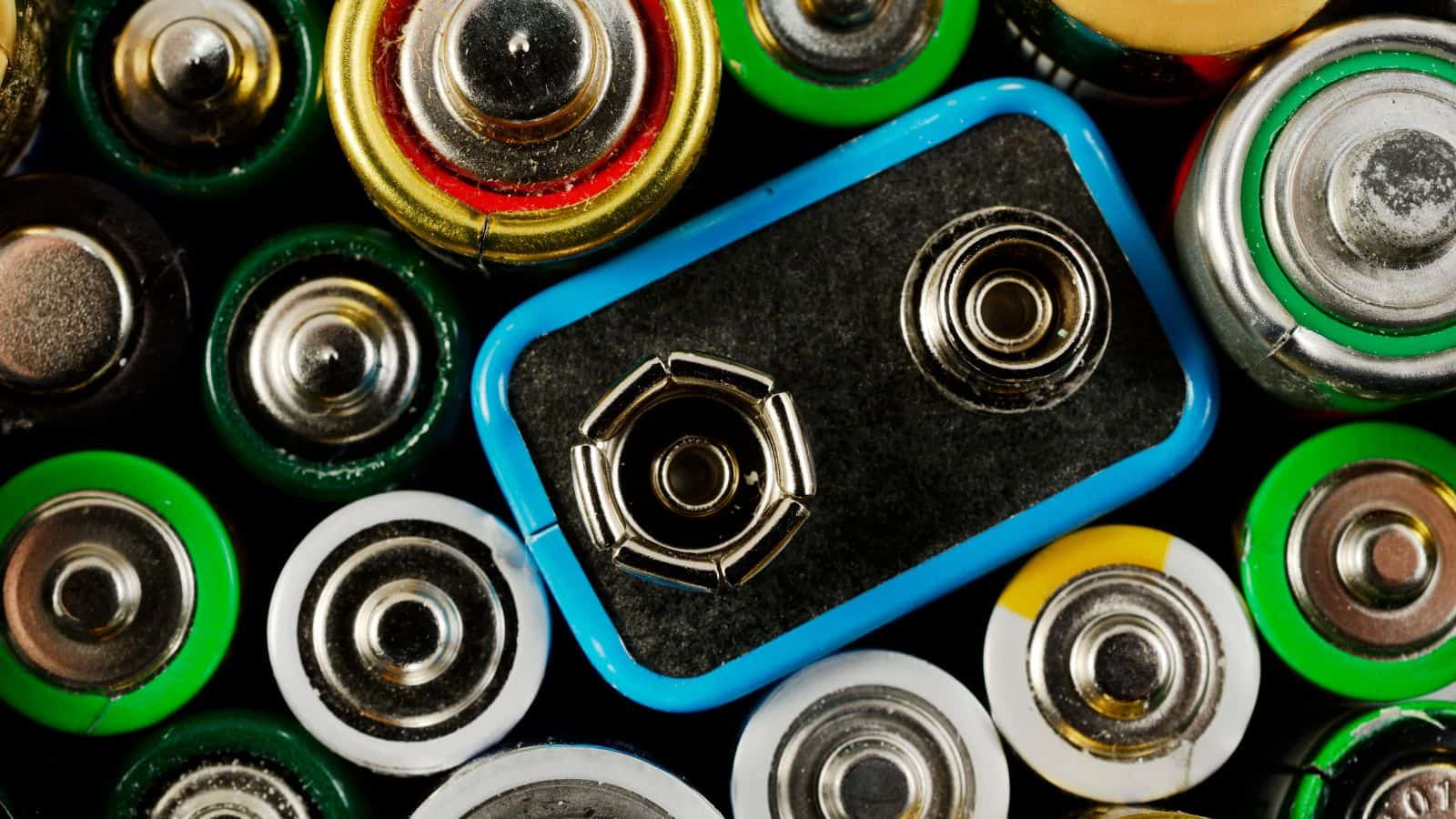
With disposable batteries, harmful chemical content is the most concerning, as this makes batteries difficult to recycle. Hence, they pose the threat of persistent soil and water contamination. Rechargeable batteries are a more sustainable option that eliminates the need for constant disposal, and they’re known to lower carbon emissions, too.
Disposable Nappies

Disposable nappies are a major source of landfill waste that puts a strain on disposal facilities. The fact that they’re thrown out with baby waste makes them even harder to recycle, and over time, this leads to harmful microplastic pollution. Thankfully, they can easily be replaced with cloth alternatives.
Air Fresheners

With air fresheners, you aren’t causing damage to the environment at large, but you are putting yourself at risk. Like UMass shares, air fresheners often release toxins into the air, contributing to air pollution and harming human health. Natural alternatives, such as essential oil diffusers or potpourri, provide a more eco-friendly way to keep your home smelling fresh.
Tea Bags
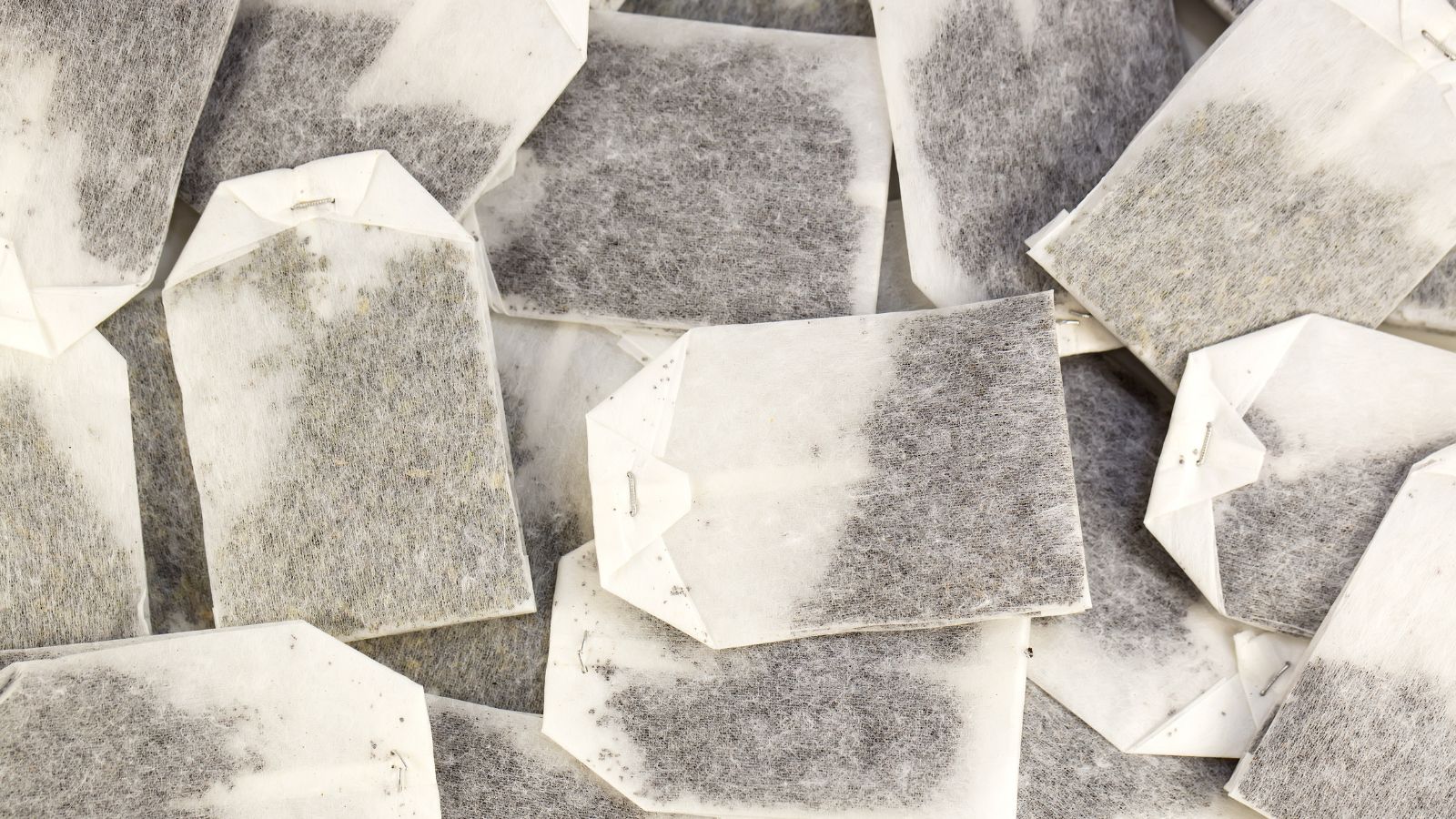
Tea bags often contain plastic, which can be harmful when disposed of and contribute to microplastic pollution in oceans and soil. Loose-leaf tea with a reusable strainer or biodegradable tea bags are better choices that allow you to enjoy your tea while being kind to the planet.
Up Next: 18 Cities in the US That Are So Bad You Won’t Want to Visit

While there are many beautiful cities in the U.S. that are well worth a visit, there are also some that you may want to avoid. This is largely due to high crime rates or issues with quality of life. Here are 18 U.S. cities that you won’t want to visit.
18 Cities in the US That Are So Bad You Won’t Want to Visit
19 American Cities That Disappoint Visitors So Much They Wish They Never Went
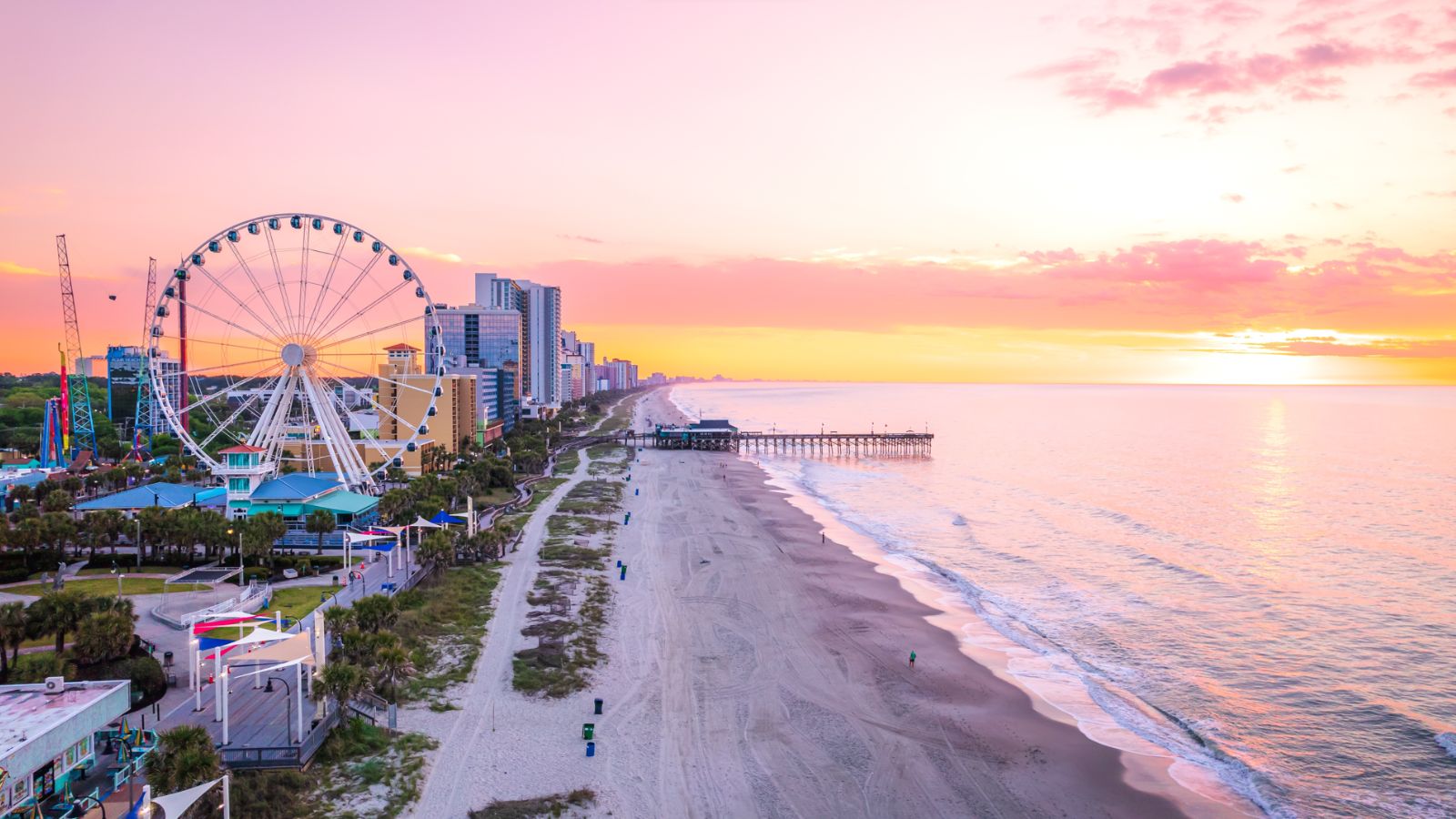
The United States is a vast country with over 109,000 cities and towns and many popular tourist hotspots, promising visitors fascinating history, famous landmarks, natural wonders, impressive architecture, and cultural delights. But not every city lives up to the hype! Here, we explore 19 American destinations that often leave visitors underwhelmed.
19 American Cities That Disappoint Visitors So Much They Wish They Never Went
19 Signs That Say You’ve Officially Entered Old Age

Old age comes for us all, though we do our best to resist it for as long as possible. But aging isn’t only gray hair, wrinkled skin, and yelling at kids to get off your lawn. Here are 19 signs you’ve realized you’re no longer the young stud you once were!
